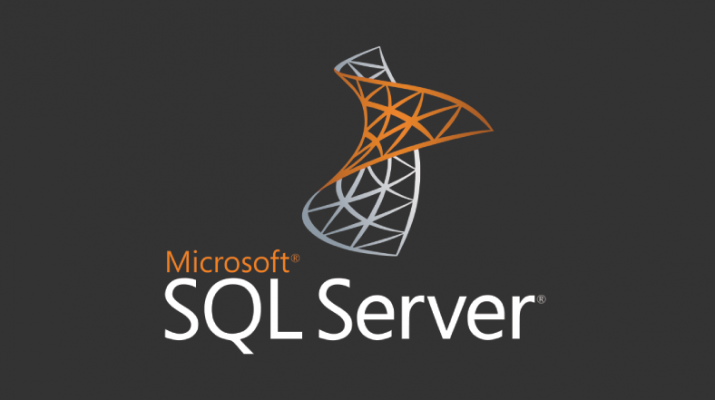MSSQL SERVER TRAINING
Elevate your database management skills with our MSSQL Server Training. Dive into comprehensive SQL training tailored to meet industry demands. At TechnoFine24, we offer the best SQL Server training, providing hands-on experience in database management and optimization. Our expert instructors ensure you grasp essential SQL concepts, empowering you to design and maintain robust databases efficiently. Whether you’re a beginner or seasoned professional, our MSSQL Server Training equips you with the expertise needed to excel in database management. Join us and unlock new career opportunities in Noida’s competitive market.

